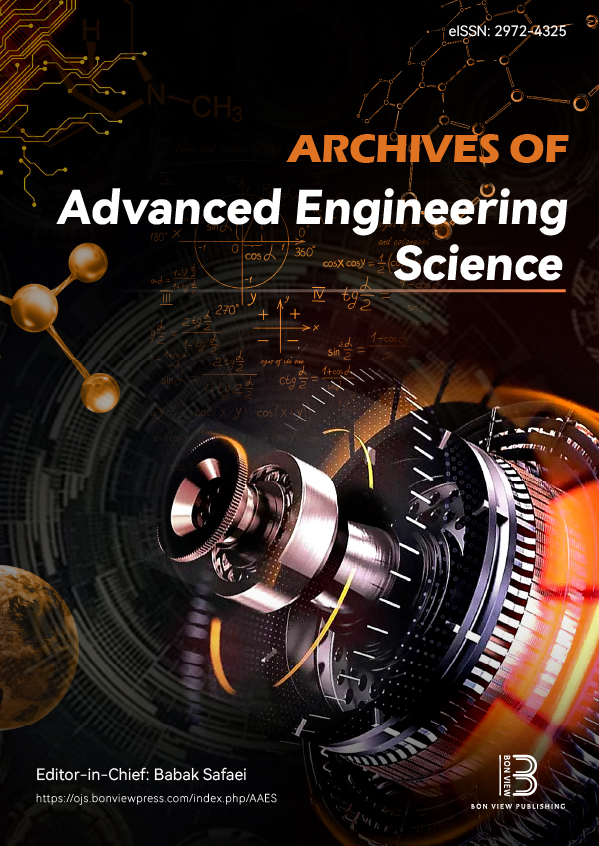A Case Study on Sustainable Transition as Strategic Policies for Solar Energy
DOI:
https://doi.org/10.47852/bonviewAAES52026759Keywords:
carbon dioxide, electrical energy, photovoltaic, solar balls, solar power, sustainable powerAbstract
Production of electricity by burning fossil fuels like natural gas to generate electricity releases carbon dioxide (CO2) into the atmosphere. The combustion process produces CO2, which is trapped to lead to global warming and climate change. Different fossil fuels release different amounts of CO2 based on carbon content and the amount of energy released. This paper gives techno-economic analysis of photovoltaic (PV) solar systems as a mitigation option at the grand scale, as well as data-intensive analysis of CO2 emissions in Bahrain's fossil fuel-dominated power sector. One observation of major importance is that there is a net abatement of 1.2 ± 0.15 metric tons CO2/MWh and levelized cost savings of 27% if PV deployment is combined with innovative storage for replacing 38-42% of conventional generation. Technical feasibility of PV is supported by cross-validation of the records of past emissions using quadratic multinomial regression, which yields strong predictive correlations (*p* < 0.05, R2 = 0.89). The evidence indicates that policymakers enhance the application of PV in Gulf Cooperation Council member states while advancing socioeconomic goals in national visions (e.g., Bahrain's Vision 2030) and climate goals in the Paris Agreement. Two strategic scenarios were proposed and evaluated in this study: the first is based on Bahrain Vision 2030, and the second is based on Bahrain Vision 2050. Scenario-based projections extract a feasible roadmap for decarbonization that aims at 2060 as the year to produce carbon-neutral electricity and 45% of renewable energy integration by 2030. Finally, the second scenario will help Bahrain by the year 2060 to reach net-zero emissions.
Received: 11 July 2025 | Revised: 24 September 2025 | Accepted: 29 September 2025
Conflicts of Interest
The authors declare that they have no conflicts of interest to this work.
Data Availability Statement
Data are available from the corresponding author upon reasonable request.
Author Contribution Statement
Isa S. Qamber: Conceptualization, Methodology, Validation, Formal analysis, Resources, Writing - original draft, Writing - review & editing, Visualization, Supervision, Project administration. Salwa Baserrah: Writing - review & editing, Visualization, Supervision, Project administration.
Downloads
Published
Issue
Section
License
Copyright (c) 2025 Authors

This work is licensed under a Creative Commons Attribution 4.0 International License.


